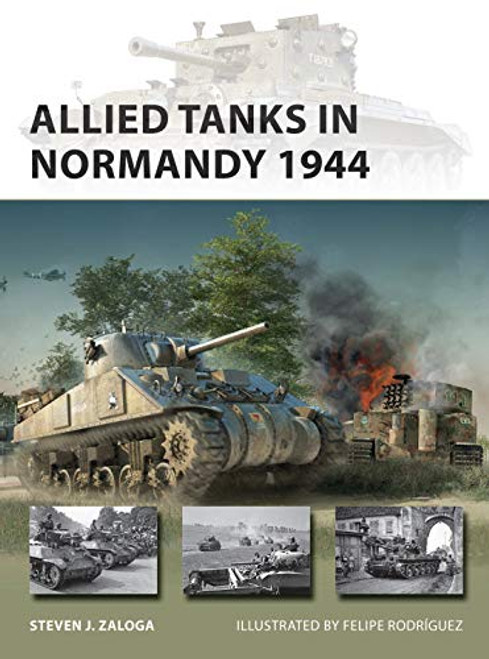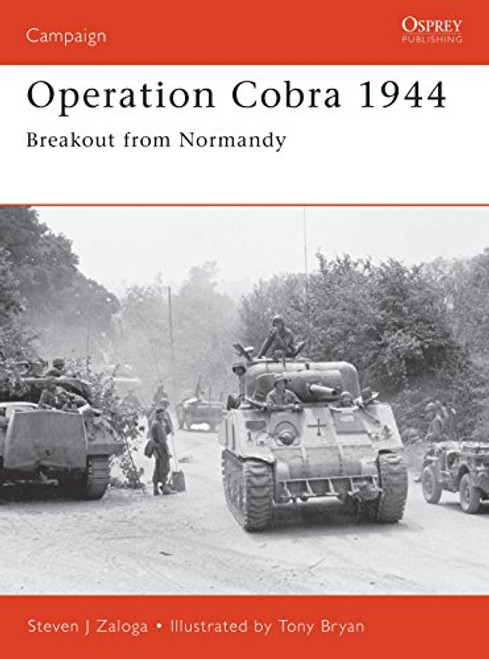In the weeks after D-Day, the level of artillery action in Normandy was unprecedented. In what was a relatively small area, both sides bombarded each other relentlessly for three months, each trying to overwhelm the other by sheer fire power.
The Guns of Normandy puts the reader in the front lines of this horrific battle. In the most graphic and authentic detail, it brings to life every aspect of a soldiers existence, from the mortal terror of impending destruction, to the unending fatigue, to the giddy exhilaration at finding oneself still, inexplicably, alive.
The story of this crucial battle opens in England, as the 4th Field Regiment receives news that something big is happening in France and that after long years of training they are finally going into action. The troop ships set out from besieged London and arrive at the D-Day beaches in the appalling aftermath of the landing.
What follows is the most harrowing and realistic account of what it is like to be in action, as the very lead man in the attack: an artillery observer calling in fire on enemy positions. The story unfolds in the present tense, giving the uncomfortably real sense that You are here.
The conditions under which the troops had to exist were horrific. There was near-constant terror of being hit by incoming shells; prolonged lack of sleep; boredom; weakness from dysentery; sudden and gruesome deaths of close friends; and severe physical privation and mental anguish. And in the face of all this, men were called upon to perform heroic acts of bravery and they did.
Blackburn provides genuine insight to the nature of military service for the average Canadian soldier in the Second World War something that is all too often lacking in the accounts of armchair historians and television journalists. The result is a classic account of war at the sharp end.
The Guns of Normandy: A Soldier's Eye View, France 1944
$17.88 - $300.00
- UPC:
- 9780771015007
- Maximum Purchase:
- 3 units
- Binding:
- Hardcover
- Publication Date:
- 1995-10-28
- Release Date:
- 1995-10-28
- Author:
- George Blackburn
- Language:
- english







![D-Day: The Invasion of Normandy, 1944 [The Young Readers Adaptation] D-Day: The Invasion of Normandy, 1944 [The Young Readers Adaptation]](https://cdn11.bigcommerce.com/s-rr0pkl7rnl/images/stencil/500x659/products/144223/280622/51OlwGeCQtL__02400.1727867692.jpg?c=1)


